Introduction to Smallville’s Unique Take on Superman
For ten seasons, Smallville explored the journey of Clark Kent before he became Superman, setting itself apart by keeping the iconic hero out of the traditional Superman suit. Tom Welling, who portrayed Clark, made headlines for his stance against donning the iconic tights and cape on the show, a decision rooted in the desire to focus on Clark Kent’s journey, not Superman’s. While Smallville fans eventually got to see glimpses of Superman’s signature look in the series finale, the show primarily adhered to Welling’s “No Tights, No Flights” clause, a unique aspect that helped define the series as a fresh approach to the Superman origin story.
Welling’s Contract and the “No Costume” Clause
In a recent interview with Screen Rant during Comic-Con Stockholm, Welling reflected on his experiences filming Smallville and the evolution of Clark Kent’s style throughout the series. He revealed that his original contract explicitly stated he would never wear Superman’s costume. According to Welling, this clause wasn’t just a personal preference but a creative boundary he set to ensure the show stayed focused on the character of Clark Kent rather than the larger-than-life Superman persona. The show was intended as a coming-of-age story for Clark, detailing his growth and self-discovery rather than the superhero heroics typically associated with the character.
Despite the show’s adherence to this principle, the Smallville team found creative ways to bring in elements of the Superman legacy. As Welling put it, they “got a little cheeky about it,” incorporating hints of Superman’s classic look, such as Clark’s signature glasses in certain scenes and even giving him proto-costumes under his “Red-Blue Blur” identity in later seasons. This phase allowed Clark to take on various looks without stepping fully into the Superman suit, cleverly respecting Welling’s contract while nudging Clark closer to his destiny.
The Red-Blue Blur: A Symbol of Clark’s Transformation
One of Smallville’s most inventive phases came when Clark adopted the alias of the “Red-Blue Blur,” an early step toward his eventual superhero identity. During this period, Clark took on a vigilante role in Metropolis, and while he wore variations of red and blue, he avoided the actual Superman suit. This creative move allowed Clark to grow into his role as a protector without fully embodying the Superman image. Welling acknowledged the team’s cleverness in finding ways to honor Superman’s legacy without compromising the show’s focus on Clark.
Reflecting on his experience, Welling humorously shared a moment where he subtly rebelled against the Superman-like costuming. In one scene, he was directed to wear glasses, like Clark Kent’s iconic reporter look, and adjust them. Welling revealed that he intentionally adjusted the glasses with his middle finger as a playful form of protest against these Superman-like touches that he initially resisted. The moment, as he recalls, was his way of saying he was “still Clark, not Superman.” Looking back now, however, Welling noted he feels differently and realizes the inevitability of those character references, saying, “Dude, get over yourself. You’re on a show about Superman!”
The Final Season and Fans’ Hopes for Superman
As Smallville drew to a close, fans eagerly anticipated seeing Clark don the Superman costume. The series finale offered glimpses of Welling as Superman but stopped short of a full reveal, a decision that sparked mixed reactions. Some viewers felt the choice honored the show’s central theme of Clark’s personal journey, while others were disappointed by the lack of a complete transformation into Superman. For Welling, the finale encapsulated Smallville’s identity, staying true to the origin story of Clark Kent rather than the Superman mythos.
However, Welling’s perspective on the costume has evolved since Smallville wrapped in 2011. Now, more than a decade later, he has expressed openness to the idea of wearing the Superman suit, recognizing that, in hindsight, it might have been a fitting close to Clark’s journey. Fans are hopeful that if Smallville is ever revived or adapted in the future, Welling might finally wear the full costume, allowing him to embrace the character fully and give fans a long-awaited moment.
Smallville’s Legacy in the Superman Franchise
Smallville’s commitment to keeping Clark out of the Superman suit set it apart from other Superman adaptations. The show succeeded by focusing on Clark’s internal growth, his relationships, and the personal struggles that shaped him into a hero. Instead of relying on the iconic Superman costume to convey his transformation, the series relied on storytelling and character development, making it one of the most beloved depictions of Superman’s origin.
By exploring Clark’s formative years, Smallville created a version of Superman that resonated with audiences in a new way. It allowed viewers to see the challenges, setbacks, and triumphs that led to his eventual destiny as the Man of Steel. The show’s unique take has since influenced other superhero origin stories, emphasizing character evolution over costumes and powers. Few Superman adaptations have explored the idea of Clark as a “Red-Blue Blur” who gradually assumes his responsibilities before fully embracing his role as a hero, making Smallville a trailblazer in superhero television.
What Welling’s Journey Teaches About Character Focus
The costume debate surrounding Smallville also highlights a broader conversation in superhero media: the significance of the hero’s journey versus their iconic image. Welling’s stance on the costume emphasized the importance of staying true to character development, and his insistence on focusing on Clark Kent rather than Superman contributed to the show’s lasting impact. The reluctance to fully suit up allowed Smallville to explore Clark’s humanity, vulnerabilities, and growth in ways that might not have been possible if he had assumed the Superman identity too soon.
Welling’s approach resonated with fans who appreciated seeing Clark’s story unfold in a gradual, realistic manner. While other superhero origin stories may rush characters into their iconic roles, Smallville took its time, exploring Clark’s choices, relationships, and values. The show’s emphasis on Clark Kent rather than Superman demonstrated the depth and complexity behind the hero, a focus that continues to inspire character-driven superhero stories today.
The Impact of Elseworlds and Alternative Superman Narratives
In retrospect, Smallville can be seen as an “Elseworld” or alternate take on Superman, presenting a fresh version of the character’s mythos. By delaying Clark’s transformation into Superman, Smallville showcased an alternative path to heroism. While other adaptations focus on Superman’s duties, Smallville concentrated on Clark’s life, portraying his journey as relatable and grounded. This approach has rarely been explored in later Superman stories, as more recent adaptations often skip over the “human” years and jump straight to Superman’s fully formed role.
Smallville also left an indelible mark on DC’s television universe, proving that superhero stories could thrive in long-form narratives. Its success paved the way for other origin-focused shows, such as Arrow, The Flash, and Supergirl, which also explore their characters’ transformations in gradual arcs. By establishing a template for character-driven superhero storytelling, Smallville set a high standard for future adaptations.
The Future of Smallville and Welling’s Potential Return to Superman
With the legacy of Smallville still resonating with fans, there has been ongoing speculation about a possible revival or continuation of the story. Welling’s recent comments about being more open to wearing the Superman costume have only fueled interest in a potential follow-up. Fans are hopeful that Welling’s openness to the role might eventually lead to his full transformation into Superman, perhaps in a new series or a one-time special event. Whether in live-action, animation, or another format, a return to the Smallville universe could allow fans to witness Clark’s ultimate destiny and give Welling a chance to embrace the Superman role he once resisted.
Conclusion: Embracing Clark’s Journey in Smallville’s Legacy
Smallville stands as a groundbreaking take on the Superman story, one that centered on Clark Kent’s personal growth rather than his superhero persona. Welling’s “No Tights, No Flights” clause shaped the show’s trajectory, ensuring that the focus remained on Clark’s journey from a small-town teenager to a hero in the making. Although Welling’s stance on the Superman costume was initially a point of tension, it ultimately allowed Smallville to tell a unique story that set it apart from other adaptations.
Today, Smallville’s legacy endures as a beloved part of the Superman franchise. Welling’s reflections on his time in the role offer insight into the creative decisions that made Smallville such an iconic series. As fans continue to revisit the show and imagine its potential future, Smallville remains a testament to the idea that heroism is about more than costumes or superpowers; it’s about the choices, values, and experiences that shape a person’s character. Through its focus on Clark Kent, Smallville reminded audiences that behind every superhero is a human story worth telling Mainguestpost.com
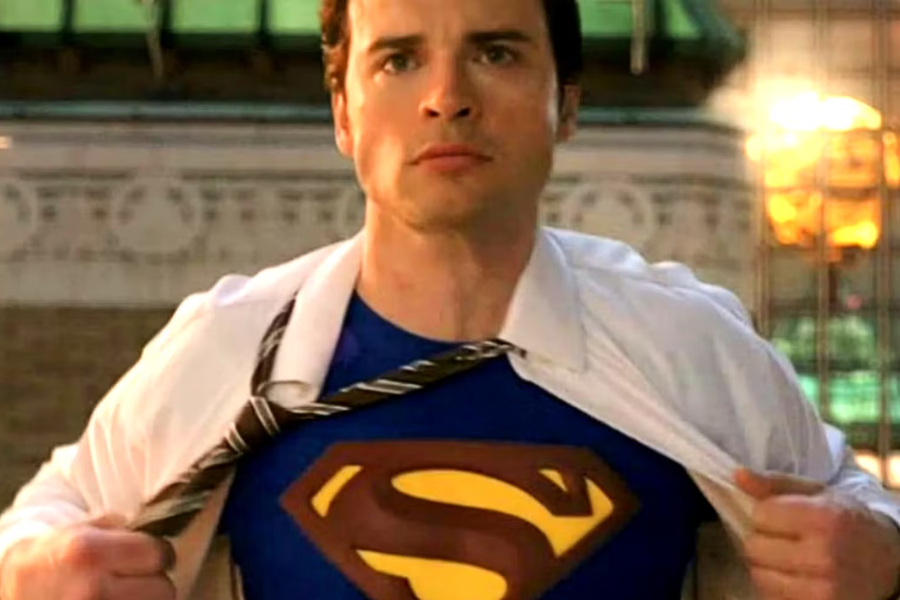
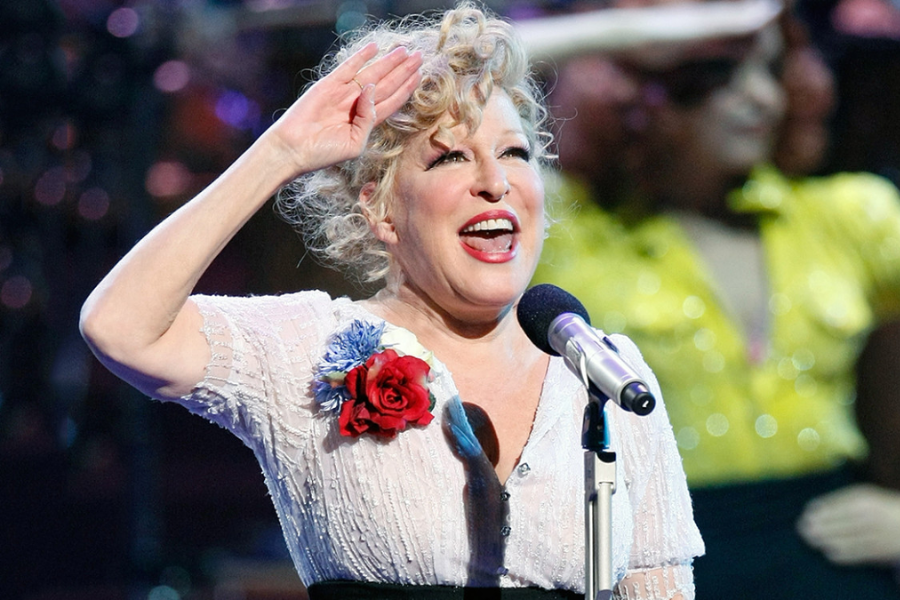
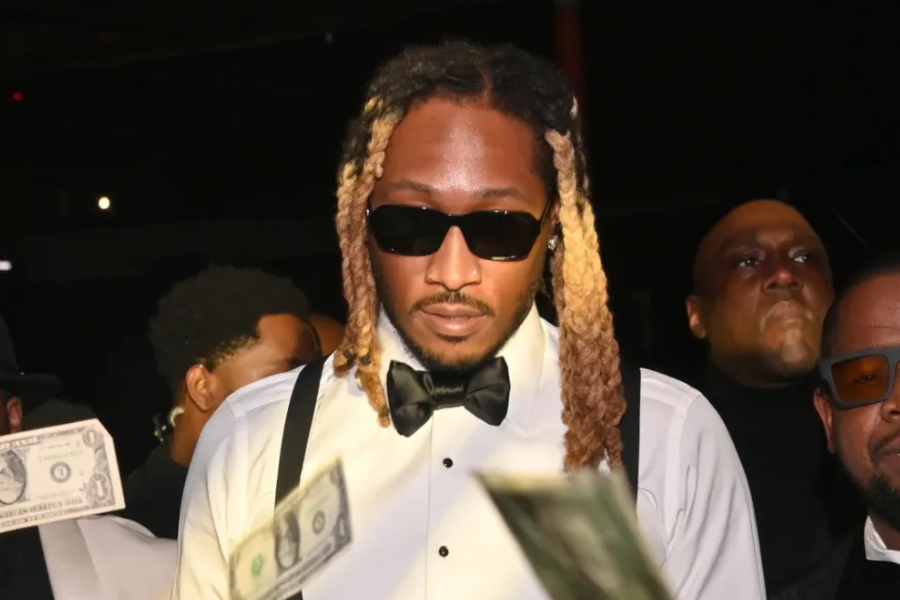
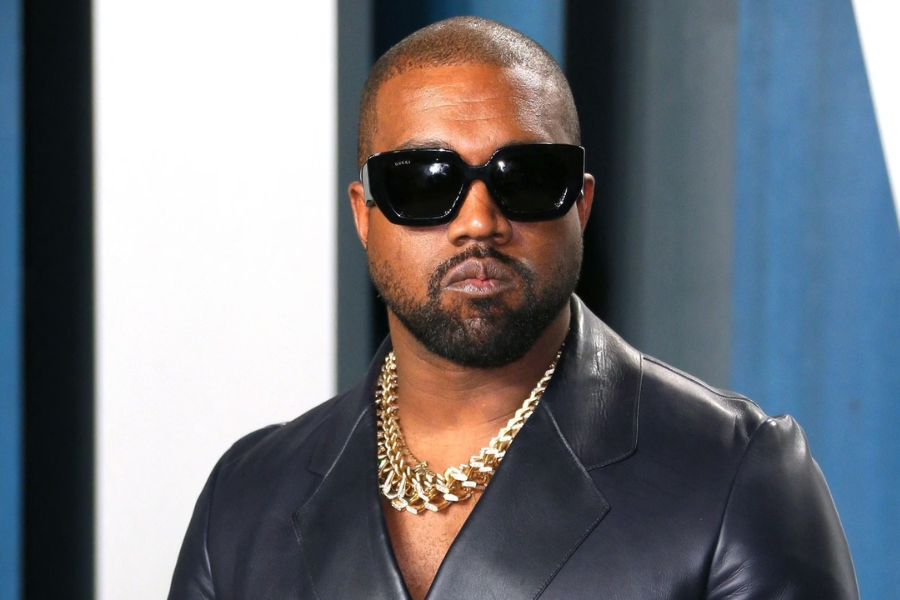

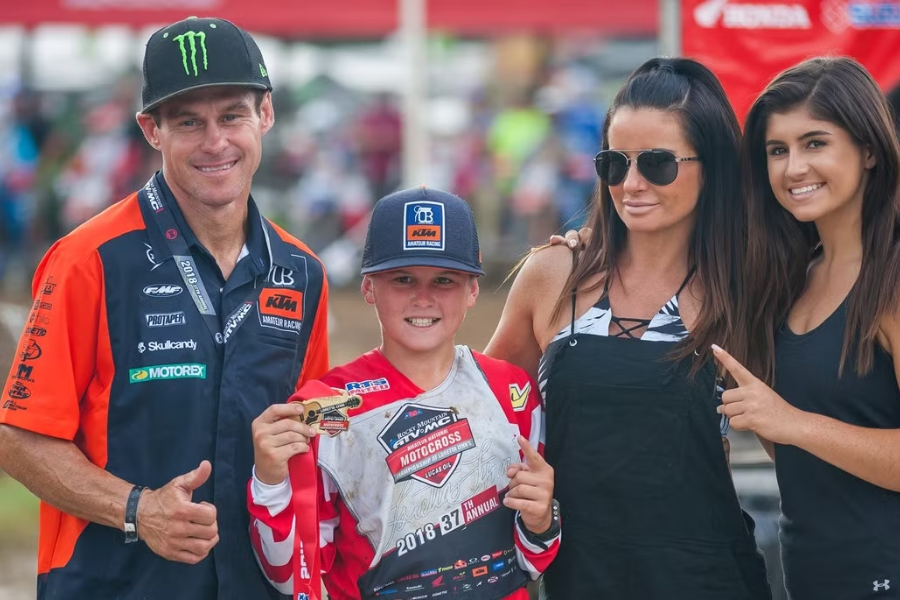
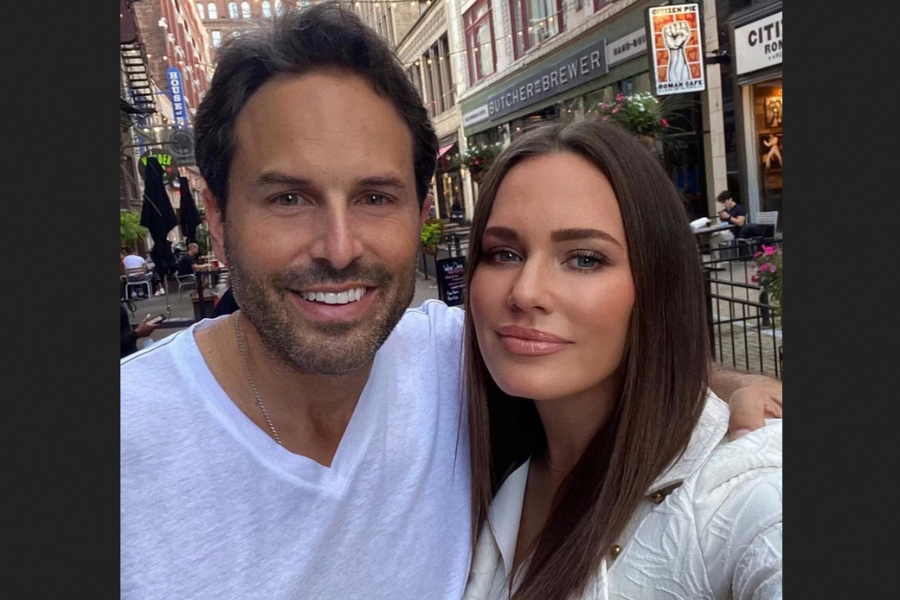
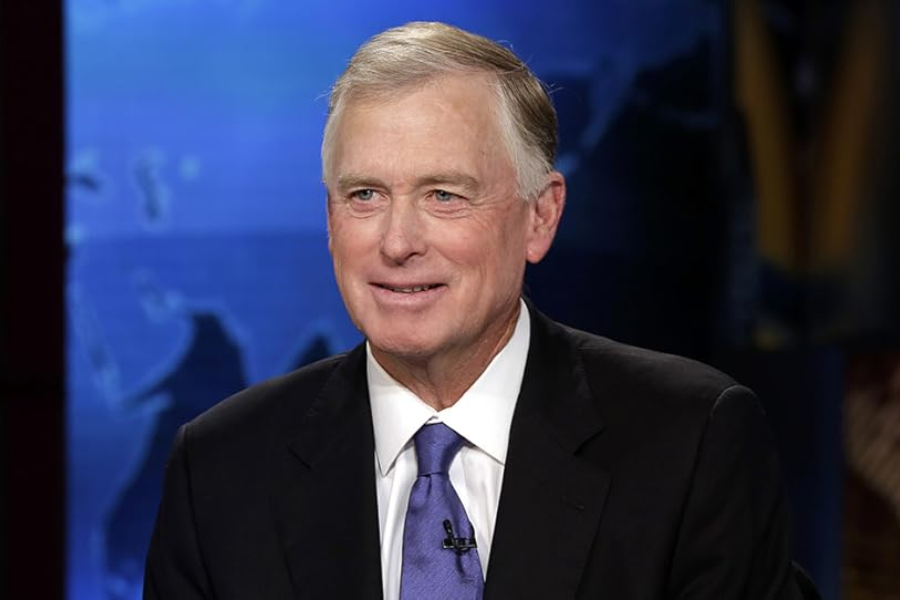



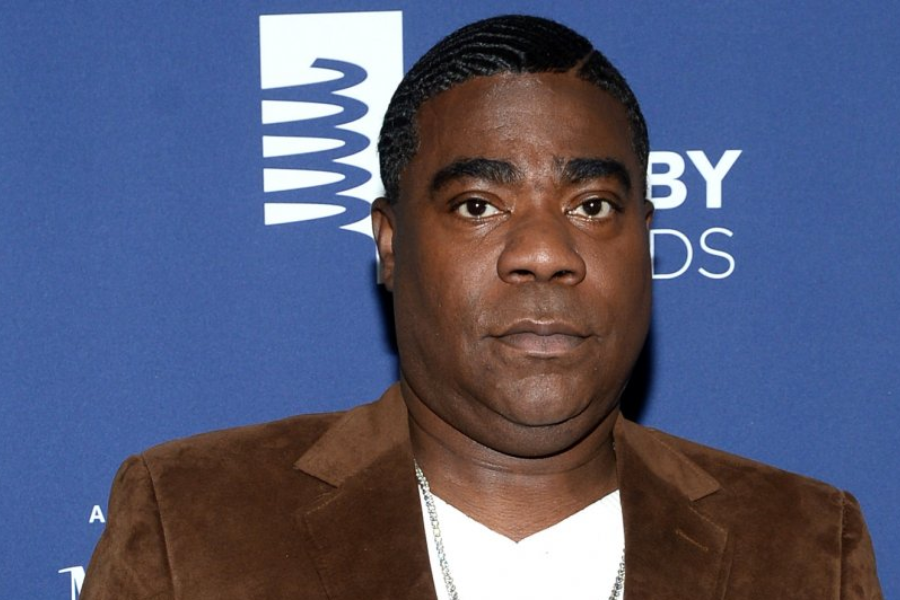


Leave a Reply